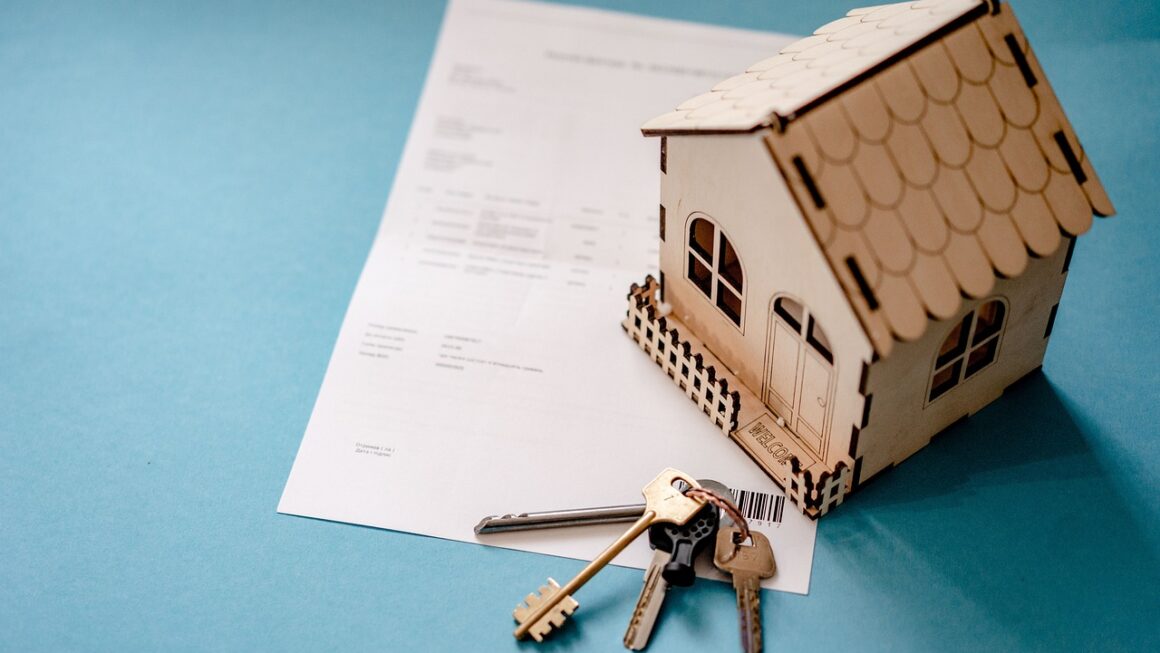Crafting a successful budget can feel like navigating a complex maze. But with the right strategies and a clear understanding of your financial landscape, you can transform your budget from a source of stress to a powerful tool for achieving your financial goals. Whether you’re saving for a down payment, paying off debt, or simply trying to gain control of your spending, this guide will provide you with actionable steps to develop and implement a winning budget strategy.
Understanding Your Current Financial Situation
Before diving into specific budgeting methods, it’s crucial to understand your current financial standing. This involves analyzing your income, expenses, assets, and liabilities. This foundational step will reveal where your money is going and identify areas for potential improvement.
Tracking Your Income
Accurately tracking your income is the first step. This includes all sources of revenue, such as salary, wages, freelance income, investment returns, and any other form of financial inflow.
- Salary/Wages: Identify your net income after taxes and other deductions.
- Freelance/Side Hustle Income: Record all earnings from any side projects or freelance work.
- Investment Income: Note any dividends, interest, or capital gains from investments.
- Other Income: Include any alimony, child support, rental income, or other recurring revenue streams.
For example, let’s say Sarah works a full-time job earning $5,000 per month after taxes. She also has a part-time freelance gig that brings in an average of $500 per month. Sarah’s total monthly income is $5,500.
Analyzing Your Expenses
Understanding where your money goes is equally important. Categorize your expenses to identify areas where you can potentially reduce spending.
- Fixed Expenses: These are consistent costs that remain relatively constant each month (e.g., rent/mortgage, loan payments, insurance premiums).
- Variable Expenses: These expenses fluctuate from month to month (e.g., groceries, utilities, transportation, entertainment).
- Periodic Expenses: These are infrequent costs that occur a few times per year (e.g., annual subscriptions, car registration, holiday gifts).
- Savings and Investments: These are contributions to savings accounts, retirement funds, or other investments.
Tools like budgeting apps (Mint, YNAB, Personal Capital) or simple spreadsheets can help you track your expenses. A good rule of thumb is to track expenses for at least one to three months to get an accurate picture.
For instance, John tracks his expenses and finds that he spends $1,500 on rent, $500 on groceries, $200 on utilities, $300 on transportation, $500 on entertainment, $200 on loan payments, and $300 on savings.
Assessing Your Assets and Liabilities
Understanding your net worth (assets minus liabilities) provides a snapshot of your overall financial health.
- Assets: These are items you own that have monetary value (e.g., cash, investments, real estate, personal property).
- Liabilities: These are your debts and obligations (e.g., loans, credit card balances, mortgages).
By subtracting your total liabilities from your total assets, you can determine your net worth. Aim to increase your net worth over time.
Choosing the Right Budgeting Method
There are several budgeting methods you can choose from, each with its pros and cons. Selecting the right one depends on your individual preferences, financial goals, and level of commitment.
The 50/30/20 Rule
This simple and popular method allocates your after-tax income into three categories:
- 50% Needs: Essential expenses such as housing, utilities, transportation, groceries, and insurance.
- 30% Wants: Non-essential expenses such as entertainment, dining out, hobbies, and vacations.
- 20% Savings & Debt Repayment: Contributions to savings accounts, retirement funds, and debt payments (beyond minimums).
For example, if your monthly take-home pay is $4,000, you would allocate $2,000 to needs, $1,200 to wants, and $800 to savings and debt repayment.
Zero-Based Budgeting
This method requires you to allocate every dollar of your income to a specific category. The goal is to have a “zero balance” at the end of each month, meaning your income minus your expenses equals zero.
- Advantages: Promotes mindful spending and ensures that every dollar is accounted for.
- Disadvantages: Requires diligent tracking and may be time-consuming.
For instance, if you earn $3,000 per month, you would assign a specific dollar amount to each category (rent, utilities, groceries, transportation, savings, etc.) until you’ve allocated all $3,000.
Envelope Budgeting
This method involves allocating cash to different spending categories and placing it into physical envelopes. Once the envelope is empty, you can’t spend any more money in that category for the month.
- Advantages: Helps control impulsive spending and promotes awareness of cash flow.
- Disadvantages: May not be suitable for online transactions or large expenses.
For example, you might allocate $200 for groceries, $100 for entertainment, and $50 for dining out, placing each amount in a separate envelope.
Tracking-Based Budgeting
This approach focuses on meticulously tracking your spending habits using budgeting apps or spreadsheets. By analyzing your spending patterns, you can identify areas where you can cut back.
- Advantages: Provides detailed insights into your financial behavior and allows for data-driven decision-making.
- Disadvantages: Requires consistent tracking and analysis.
Tools like Mint, Personal Capital, and YNAB offer automatic expense tracking and categorization features.
Setting Realistic Financial Goals
Effective budgeting is driven by clear and achievable financial goals. Having specific, measurable, achievable, relevant, and time-bound (SMART) goals provides motivation and direction.
Short-Term Goals
These are goals you can achieve within one year, such as:
- Creating an emergency fund of $1,000.
- Paying off a credit card balance.
- Saving for a vacation.
- Example: Saving $500 per month for 6 months to build a $3,000 emergency fund.
Mid-Term Goals
These are goals you can achieve within one to five years, such as:
- Saving for a down payment on a house.
- Paying off student loans.
- Investing for retirement.
- Example: Saving $1,000 per month for 3 years to accumulate a $36,000 down payment for a house.
Long-Term Goals
These are goals you plan to achieve over five years or more, such as:
- Retiring comfortably.
- Funding your children’s education.
- Achieving financial independence.
- Example: Investing $500 per month for 30 years to build a retirement nest egg.
Aligning Goals with Your Budget
Once you’ve defined your financial goals, incorporate them into your budget. Allocate a specific amount of money each month towards achieving each goal. Regularly review your progress and adjust your budget as needed. Prioritize goals based on their importance and urgency.
Implementing and Maintaining Your Budget
Creating a budget is only half the battle. The key to success lies in consistently implementing and maintaining your budget over the long term.
Automating Savings and Payments
Automating your savings and bill payments ensures that you stay on track and avoid late fees.
- Set up automatic transfers: Schedule recurring transfers from your checking account to your savings or investment accounts.
- Enroll in autopay: Automate your bill payments to avoid missing deadlines and incurring late fees.
For example, set up a recurring transfer of $200 per month from your checking account to your savings account and enroll in autopay for your utility bills and loan payments.
Tracking Your Progress Regularly
Monitor your spending and progress towards your goals regularly.
- Review your budget weekly or monthly: Compare your actual spending to your budgeted amounts and identify any discrepancies.
- Analyze your spending patterns: Look for trends and areas where you can cut back.
- Adjust your budget as needed: Make adjustments to your budget based on your progress and any changes in your financial situation.
Use budgeting apps or spreadsheets to track your progress and generate reports.
Dealing with Budgeting Challenges
Expect to encounter challenges along the way. Be prepared to adjust your budget and stay flexible.
- Unexpected expenses: Set aside a buffer in your budget to cover unexpected expenses such as car repairs or medical bills.
- Overspending: Identify the triggers that lead to overspending and develop strategies to avoid them.
- Changes in income:* Adjust your budget if your income increases or decreases.
Consider creating a “sinking fund” for anticipated but irregular expenses, like car maintenance or holiday gifts.
Conclusion
Developing and implementing a successful budget strategy requires careful planning, consistent effort, and ongoing monitoring. By understanding your current financial situation, choosing the right budgeting method, setting realistic financial goals, and maintaining your budget diligently, you can gain control of your finances and achieve your long-term financial aspirations. Remember that budgeting is an ongoing process, so be prepared to adapt and adjust your strategies as your circumstances change. The effort you invest in creating and maintaining a budget will pay off in the form of financial security and peace of mind.




